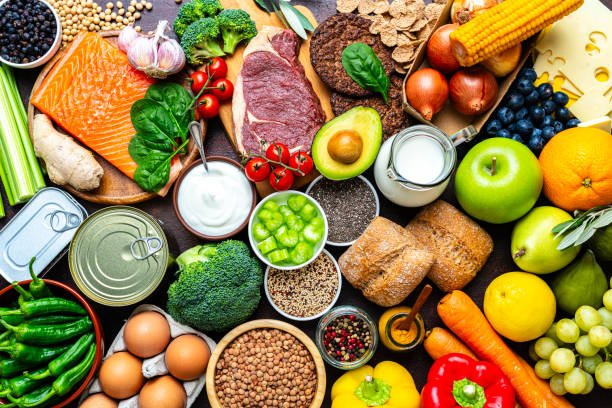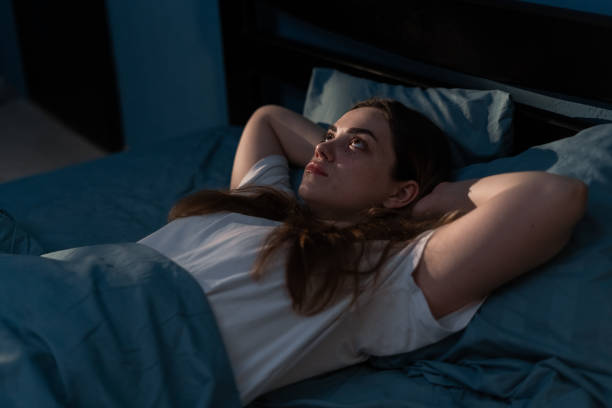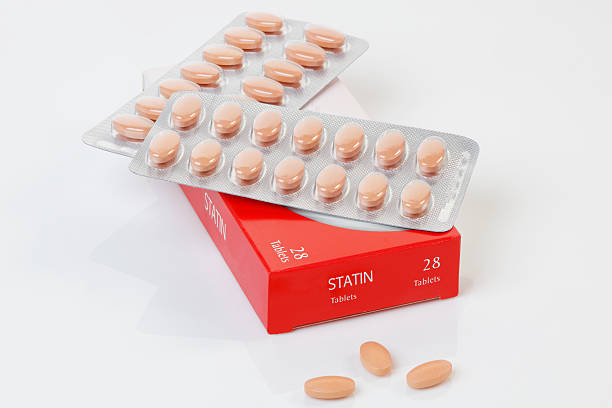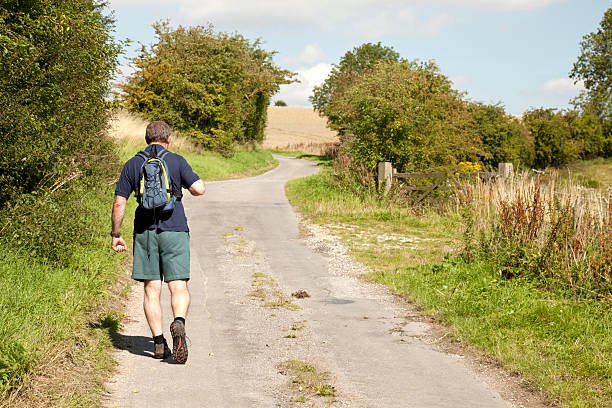In the world of health and nutrition, fiber is often the humble ingredient that doesn’t get the spotlight it deserves. It doesn’t have the glamour of superfoods like kale or avocado. It doesn’t boast exotic origins like goji berries or acai. But make no mistake—fiber is a powerhouse. It’s the invisible architect of gut health, the natural regulator of digestion, and the unsung guardian of your entire digestive system.
Most people associate fiber with little more than regular bathroom visits. While it’s true that fiber keeps things moving, its benefits stretch far beyond the toilet. A diet rich in fiber influences everything from your mood to your immune system. It reduces the risk of chronic diseases, keeps harmful bacteria in check, and feeds the good guys in your gut—the beneficial microbes that work silently but powerfully to keep your body thriving.
But how does fiber do all of this? What types of fiber exist, and how can we harness its full potential? The answer lies deep in the inner workings of our gut and the vibrant world of the gut microbiome.
The Gut: More Than a Digestive Tube
The human gut is a marvel of biological engineering. Stretching about 30 feet from mouth to anus, it processes food, absorbs nutrients, eliminates waste, and houses one of the most complex ecosystems on Earth: the gut microbiome. This microbiome is home to trillions of bacteria, fungi, viruses, and other microorganisms that live symbiotically with us.
These microbes play a vital role in digestion, immune function, mental health, and even the regulation of weight and inflammation. The key to keeping this community healthy and balanced? You guessed it—fiber.
Fiber acts as the primary fuel source for many beneficial gut bacteria. Without it, the microbiome suffers. Diversity declines. Harmful bacteria may take over. Inflammation increases. In essence, fiber isn’t just something we need; it’s something our bacteria crave.
What Exactly Is Fiber?
Fiber is a type of carbohydrate found in plant foods—fruits, vegetables, legumes, nuts, seeds, and whole grains—that cannot be fully digested by human enzymes. Unlike proteins, fats, and other carbohydrates, fiber passes through the digestive tract largely intact, at least until it reaches the colon.
There, something amazing happens. In the colon, fiber meets your gut microbes, and that’s when the real magic begins. Bacteria ferment certain types of fiber, breaking them down into compounds called short-chain fatty acids (SCFAs), which have profound health benefits for your gut and body.
There are two main types of fiber:
Soluble fiber dissolves in water to form a gel-like substance. It’s found in foods like oats, beans, lentils, apples, and carrots. This type of fiber helps lower blood cholesterol and glucose levels and also serves as prime food for gut bacteria.
Insoluble fiber does not dissolve in water. It adds bulk to the stool and helps food pass more quickly through the stomach and intestines. You’ll find it in whole wheat flour, nuts, beans, and vegetables like cauliflower and potatoes.
Both types are essential, and each supports gut health in unique ways.
The Microbiome’s Favorite Meal: Fermentable Fiber
Think of fermentable fiber as gourmet cuisine for your gut bacteria. These fibers resist digestion in the small intestine and arrive in the colon, where they’re fermented by specific types of bacteria. The fermentation process produces short-chain fatty acids like butyrate, acetate, and propionate—compounds that offer incredible health benefits.
Butyrate, in particular, is a superstar. It’s the preferred energy source for colon cells and helps maintain the integrity of the gut lining. A strong gut barrier means fewer toxins and pathogens leak into the bloodstream—a condition known as “leaky gut.” Butyrate also has anti-inflammatory properties, supports immune regulation, and may even reduce the risk of colon cancer.
By feeding the right bacteria, fiber promotes a balanced microbiome—a microbial community where beneficial strains outcompete harmful ones. This balance helps prevent dysbiosis, a condition linked to obesity, diabetes, inflammatory bowel disease, and even anxiety and depression.
Fiber and Gut Motility: Keeping Things Moving
One of fiber’s most noticeable roles is promoting regular bowel movements. Insoluble fiber adds bulk to the stool, while soluble fiber helps absorb water, softening the stool and making it easier to pass. This dual action prevents constipation, reduces straining, and promotes a more comfortable digestive rhythm.
But there’s more to gut motility than just ease of passage. Proper bowel movements help detoxify the body by eliminating waste products, excess hormones, and toxins. A sluggish bowel can lead to reabsorption of these substances, contributing to hormonal imbalance and increased toxic load.
For people with irritable bowel syndrome (IBS) or slow-transit constipation, the right balance of soluble and insoluble fiber can be transformative. It can help restore normal peristalsis—the wave-like muscle contractions that move food through the digestive tract—and relieve uncomfortable symptoms like bloating, cramping, and gas.
Fiber as a Natural Detoxifier
Forget expensive detox teas and juice cleanses. Your body already has a detoxification system, and fiber plays a key role in supporting it.
As fiber moves through the digestive tract, it binds to various substances: excess estrogen, cholesterol, bile acids, and even environmental toxins. It acts like a sponge, absorbing and carrying these waste products out of the body through the stool. This binding action reduces the workload on the liver and kidneys, your body’s primary detox organs.
In fact, several studies have shown that higher fiber intake correlates with reduced circulating levels of estrogen, which may help reduce the risk of estrogen-dominant conditions like breast cancer and endometriosis.
Fiber and Inflammation: The Gut-Immune Connection
About 70% of the body’s immune cells reside in the gut, and the health of your microbiome significantly influences how your immune system functions. A high-fiber diet has been shown to reduce systemic inflammation, partly through the production of SCFAs.
Butyrate, for example, not only feeds colon cells but also signals immune cells to reduce the production of pro-inflammatory cytokines. Inflammation is a root cause of many chronic diseases—heart disease, diabetes, autoimmune conditions, and even Alzheimer’s—so the anti-inflammatory effects of fiber are far-reaching.
Moreover, a fiber-rich diet enhances the gut’s mucosal barrier, protecting against pathogens and preventing immune overactivation. It helps the immune system distinguish between friend and foe, reducing the likelihood of allergies and autoimmune attacks.
Fiber and Weight Management: More Than Calories
Fiber-rich foods tend to be low in calories and high in volume, meaning they fill you up without contributing excessive energy. This satiety factor makes fiber a natural ally in weight management.
Soluble fiber, in particular, slows gastric emptying, which means food stays in your stomach longer. This leads to prolonged feelings of fullness, reduced appetite, and lower overall calorie intake. It also stabilizes blood sugar levels, preventing the insulin spikes and crashes that can drive overeating.
Additionally, fiber alters the gut microbiome in ways that support healthy weight. Studies have shown that certain bacteria, fueled by fermentable fibers, are associated with leanness, while others are linked to obesity. By feeding the right microbes, fiber can shift the microbial landscape toward one that supports metabolic health.
Fiber and Mental Health: The Gut-Brain Axis
The gut and brain are in constant communication via the vagus nerve, the bloodstream, and chemical messengers like neurotransmitters. This two-way street is known as the gut-brain axis, and fiber plays a surprising role in this dialogue.
SCFAs produced during fiber fermentation don’t just act locally—they travel throughout the body, including the brain. There, they influence mood, cognition, and stress response. Butyrate, in particular, has been shown to enhance neuroplasticity, reduce neuroinflammation, and support mental clarity.
Moreover, a well-fed microbiome produces neurotransmitters like serotonin (90% of which is made in the gut) and GABA, which regulate mood and anxiety. A fiber-poor diet, on the other hand, can lead to dysbiosis, gut inflammation, and increased permeability—all of which are linked to depression and cognitive decline.
In essence, a happier gut may lead to a happier mind—and fiber is the key.
Fiber Through the Ages: From Infancy to Old Age
Fiber isn’t just for adults watching their cholesterol. It plays a vital role at every stage of life.
Infants begin to develop their gut microbiome from birth, influenced by factors like delivery method and breastfeeding. As solid foods are introduced, fiber-rich options like pureed vegetables and fruits help establish a diverse and resilient microbiome.
Children and adolescents benefit from fiber’s role in digestion, immunity, and emotional health. Establishing high-fiber eating habits early on sets the stage for lifelong wellness.
Adults need fiber to combat stress, regulate hormones, and manage weight. It supports energy levels, mental clarity, and long-term disease prevention.
Older adults often struggle with constipation, decreased appetite, and weakened immunity—all areas where fiber shines. Additionally, maintaining a diverse microbiome in old age is linked to better cognitive function and longevity.
How Much Fiber Do You Really Need?
Most health organizations recommend around 25–30 grams of fiber per day for adults, but most people fall drastically short, consuming barely half that amount. Increasing fiber intake doesn’t need to be difficult—it starts with choosing whole, minimally processed foods.
Examples of high-fiber foods include:
- Legumes (lentils, chickpeas, black beans)
- Whole grains (oats, quinoa, brown rice)
- Vegetables (broccoli, carrots, spinach, sweet potatoes)
- Fruits (berries, pears, apples with skin)
- Nuts and seeds (chia, flax, almonds)
When increasing fiber, do so gradually and drink plenty of water. This prevents bloating or discomfort and allows your microbiome time to adjust.
The Fiber-First Lifestyle
Making fiber a central part of your diet isn’t about restriction—it’s about addition. It’s about embracing colorful plant-based foods, exploring diverse cuisines, and appreciating the profound wisdom of nature’s design.
A fiber-first lifestyle means:
- Starting your day with oats, berries, and flaxseeds
- Swapping white rice for lentils or quinoa
- Loading your plate with greens and roasted vegetables
- Snacking on almonds, hummus, and fruit
- Choosing whole foods over packaged ones whenever possible
Fiber is not a fad. It’s not a trend. It’s a foundational nutrient that quietly works behind the scenes to keep your gut—and your whole body—thriving.
Conclusion: Feed Your Gut, Heal Your Body
In the grand orchestra of health, fiber may not always take center stage, but it plays an irreplaceable role. It’s the thread that connects digestion, immunity, mood, and disease prevention. It’s the fuel for your gut bacteria, the broom for your intestines, and the bridge to better health.
When you nourish your gut with fiber, you’re not just improving digestion—you’re transforming your body from the inside out. You’re empowering your microbiome, calming inflammation, balancing hormones, and uplifting your mind. All of this, from a humble nutrient that’s been hiding in plain sight.
So, the next time you build a meal, ask yourself: Where’s the fiber? Your gut will thank you—and so will every part of you that depends on it.






